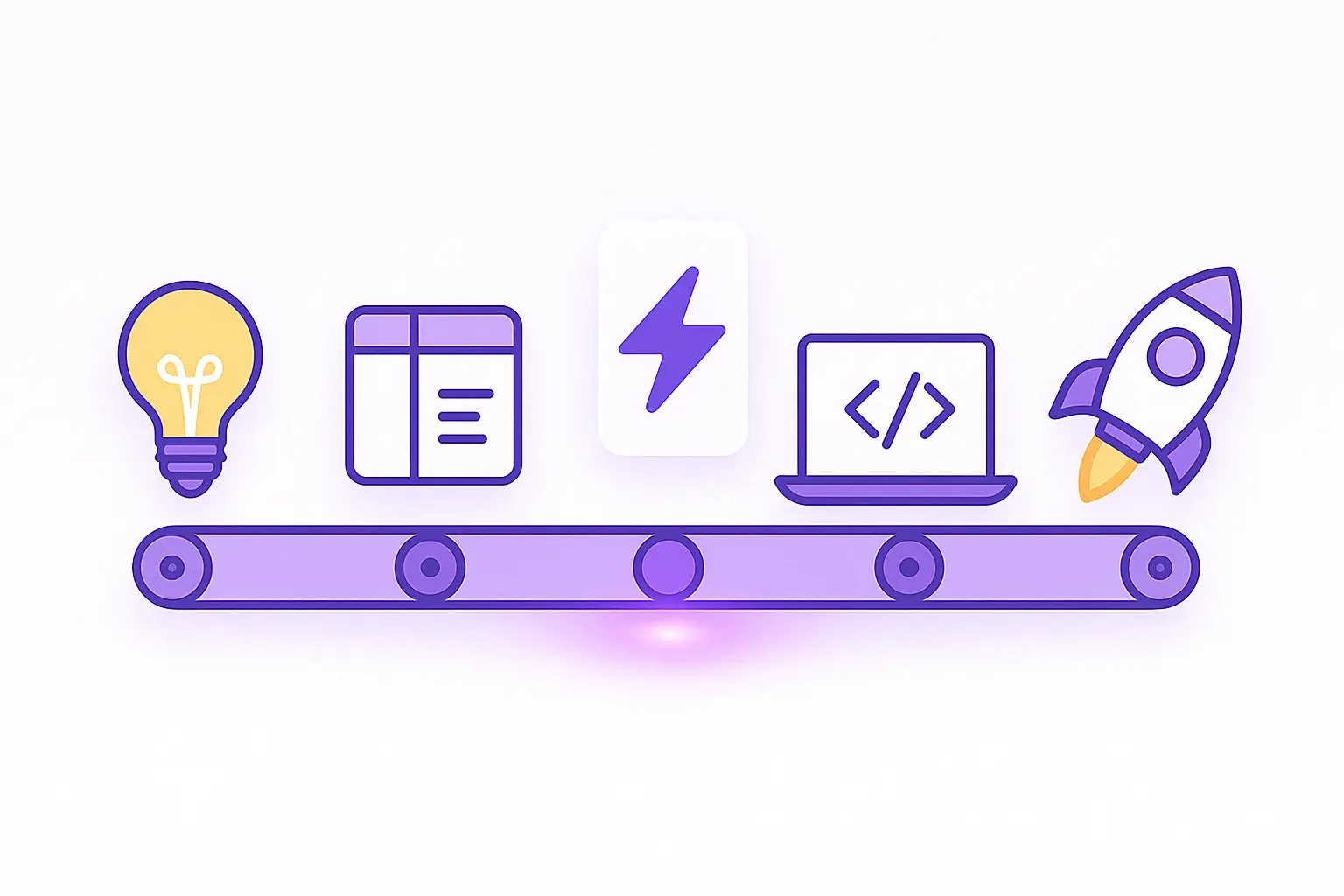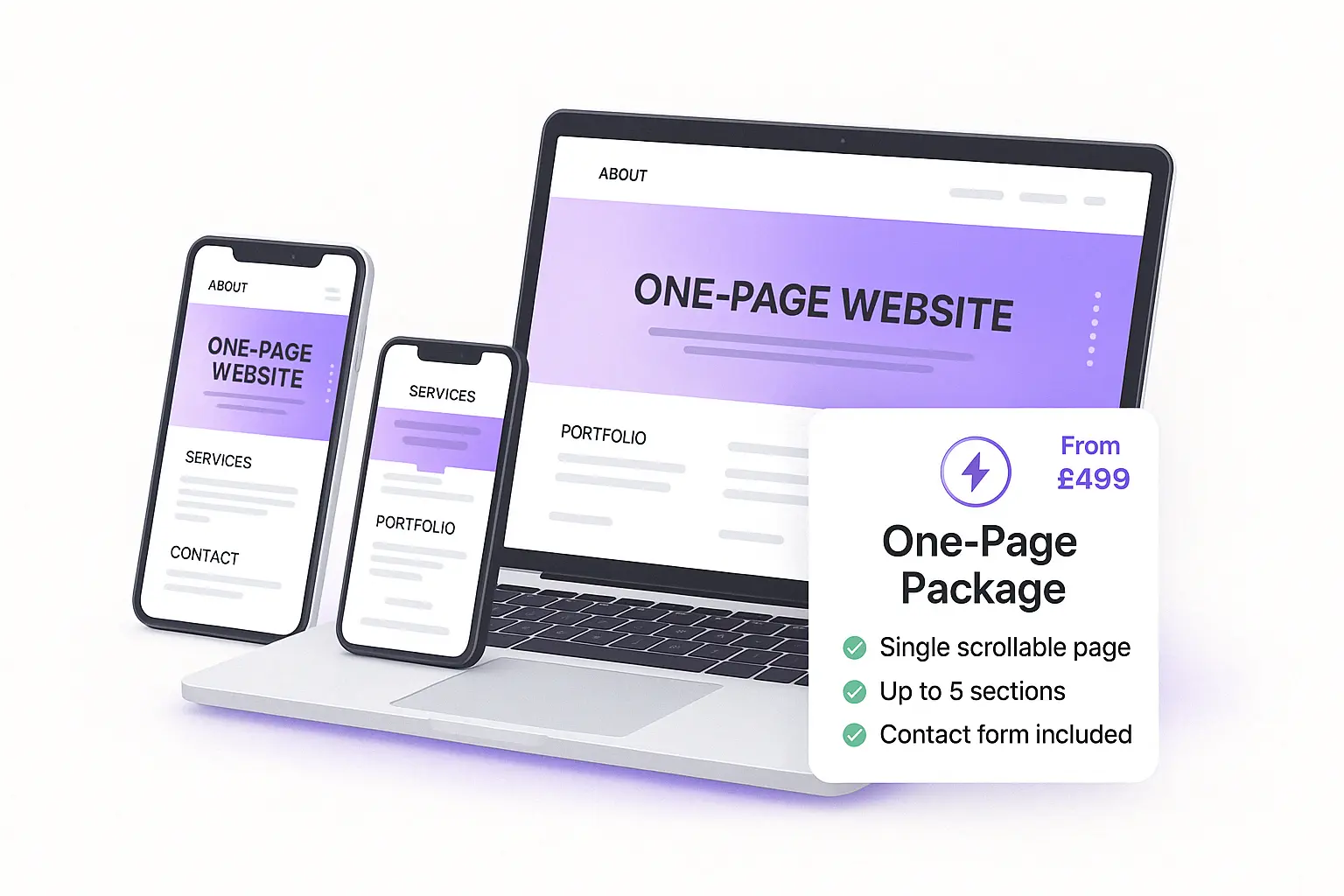Local landing page conversions are the heartbeat of any successful local business looking to thrive online. SEO experts bring a wealth of strategies—from optimising Google Business Profiles to leveraging schema markup—that not only increase website traffic but convert visitors into loyal customers. This guide explores expert techniques that boost your local SEO efforts and maximise conversion rates, helping you turn clicks into leads effectively.
What Role Does Local SEO Play in Improving Landing Page Conversions?
Local SEO forms the foundation of driving relevant, geographically-targeted traffic to your landing pages. By optimising for local search queries, businesses position themselves prominently in the map pack rankings and local packs, which appear on Google’s search engine results pages (SERPs). These positions demand visibility and trust, both of which are crucial to improving conversions.
An expertly optimised Google My Business profile acts as a conversion magnet by displaying essential details such as address, hours, and contact information directly in search results, making it easy for users to take immediate action.
Local citations—mentions of your business in local directories and business listings—boost your domain’s local relevance while enhancing credibility with both users and search engines. Tools like BrightLocal, Moz Local, and Whitespark help monitor and clean up citations, ensuring NAP consistency which is vital for local authority.
The impact of ranking in the map pack is significant; studies show local packs receive a much higher click-through rate, translating to greater lead generation and conversions. SEO experts use these tools and methods to ensure your business dominates local packs and enhances the user’s customer experience.
How Does Keyword Research Influence Local Landing Page Optimisation?
Effective keyword research targets high-intent local keywords that resonate with your target audience’s needs. For instance, incorporating geo-modifiers such as “near me” or specific town names within your landing page copywriting helps capture targeted traffic actively looking for your services.
Experts conduct thorough competitor analysis to discover gaps in keyword targeting, enabling your website to rank for underserved yet high-converting terms. Balancing between transactional keywords (e.g., “buy,” “book,” “hire”) and informational keywords (e.g., “how to,” “best near me”) allows the landing page to serve users at different stages of the purchase funnel.
By using data from SERPs and analytic tools, SEO specialists create a strategic content plan aligning keywords with user intent, ultimately boosting relevance and conversions on local landing pages.
What Are the Best Practices for Landing Page Design and UX to Increase Conversions?
A visually appealing landing page design combined with seamless user experience (UX) is central to reducing bounce rates and encouraging action.
Key design features include:
- Clear, prominent headlines incorporating local keywords to immediately convey relevance A mobile optimised layout that aligns with **mobile-first indexing** standards, ensuring speedy load times and ease of navigation for mobile users Fast **page speed** to keep users engaged; slow-loading pages dramatically increase bounce rates Intuitive navigation paths that guide visitors toward key **conversion funnels** without friction Use of local imagery and branding elements to build familiarity and trust with regional audiences
SEO experts emphasise website usability enhancements such as readable fonts, contrasting colours for CTAs, and accessible forms as pivotal factors to increase engagement and conversion rates.
How Can Call-to-Actions (CTAs) and Form Optimisation Improve Lead Generation?
Strategically crafted calls-to-action (CTAs) significantly influence lead generation by motivating visitors to take specific steps—be it calling, booking, or requesting a quote.
Effective CTAs for local audiences often include phrases like “Get Your Free Local Quote” or “Book an Appointment Near You,” which align with the buyer’s intent. Placement is equally critical; CTAs should be visible “above the fold” and repeated logically along the page.
Form optimisation reduces user friction, with fewer fields and mobile-friendly input types increasing submission rates. SEO experts recommend A/B testing different CTA messages, colours, sizes, and form lengths to determine what converts best.
Aligning CTAs with different stages of the sales funnel ensures that users receive the right prompt at the right moment, effectively moving them toward becoming paying customers.
What Is the Importance of Review Management and Online Reputation in Local Landing Page Conversions?
Review management plays a crucial role in building trust for local businesses. Customer reviews and testimonials showcased on landing pages provide social proof that validates service quality.

Including real user-generated content not only enhances online reputation but also improves SEO by adding fresh, locally relevant content. Rapidly responding to reviews, both positive and negative, shows care for customer experience and can sway hesitant prospects.
Coupled with proactive social media marketing, amplifying positive feedback helps attract a wider local audience and boosts overall credibility in the digital marketplace.
How Do Schema Markup and Structured Data Enhance Local SEO and Conversion Rates?
Implementing schema markup and structured data allows search engines to better interpret landing page content, unlocking rich features like rich snippets in SERPs that highlight reviews, business hours, and location.
Schema types such as Local Business, Reviews, and Event schemas enrich search listings, elevating your landing page’s visibility and user trust. This often results in improved click-through rates—a direct driver of higher conversions.
Furthermore, structured data supports voice search optimisation, increasingly important as customers use voice assistants to find nearby services during micro-moments.
SEO experts ensure schema is correctly integrated following Google's guidelines to future-proof your local SEO strategy and enhance user engagement.
How Do SEO Experts Use Analytics and A/B Testing to Optimise Landing Page Performance?
Data-driven decisions form the backbone of ongoing conversion rate optimisation (CRO). Setting up conversion tracking within tools like Google Analytics enables precise measurement of which actions drive leads and sales.
Experts focus on KPIs such as bounce rate, average session duration, and form submissions to identify performance bottlenecks.
Systematic A/B testing on elements like headlines, CTAs, images, and offers uncovers the most effective combinations that resonate with your target audience. This iterative approach continuously improves ROI by fine-tuning the landing page based on actual user behaviour rather than assumptions.
What Off-Page SEO Strategies Support Higher Local Landing Page Conversions?
Beyond onsite tactics, strong off-page SEO builds authority and referral traffic critical for local success.
SEO agencies emphasis building high-quality local backlinks from trusted community websites and sponsorships, strengthening your domain's relevance.
Consistent NAP (Name, Address, Phone) data across local directories and citations is essential to avoid confusing search engines and users.
Pairing SEO with targeted paid advertising (PPC) campaigns using geo-targeting complements organic efforts by driving immediate, laser-focused traffic.
Leveraging social media marketing and email marketing nurtures relationships with existing customers and draws repeat visits, creating a holistic ecosystem that uplifts conversion metrics across channels.
How to Align Your Local SEO Strategy with the Customer Journey?
Aligning landing page content and CTAs with each stage of the customer journey ensures maximum user engagement and smooth progression through the funnel.
SEO experts map out buyer personas and customise messages that correspond to awareness, consideration, and decision stages, providing personalised experiences that increase conversions.
Personalisation can include dynamic content, location-based offers, and tailored CTAs, all designed to meet the user’s immediate needs and encourage swift action.
What Role Does Content Marketing Play in Boosting Local Landing Page Conversions?
Creating a robust content marketing strategy that complements local SEO nurtures leads and sustains long-term engagement.
Locally relevant blog posts, guides, FAQs, and video content educate prospects, answer common queries, and highlight unique selling points—positioning your business as the go-to local expert.
Visual content such as local-focused videos or infographics further enhances user engagement, reduces bounce rates, and supports conversion by addressing multiple learning styles and preferences.
Conclusion
Optimising local landing pages for higher conversions involves https://chelmsford-essex-nu543.bearsfanteamshop.com/discover-exciting-things-to-do-in-basildon-in-2025 a sophisticated blend of technical SEO, strategic content, thoughtful design, and ongoing data analysis. By focusing on core areas such as Google My Business optimisation, targeted keyword research, compelling CTAs, and active review management, SEO experts unlock the full potential of local search to increase leads and sales.
To elevate your local business in competitive markets, consider partnering with an experienced SEO agency or expert who can tailor these proven strategies to your unique context. Start today by auditing your current landing pages, implementing these best practices, and leveraging analytics to drive continuous growth.
